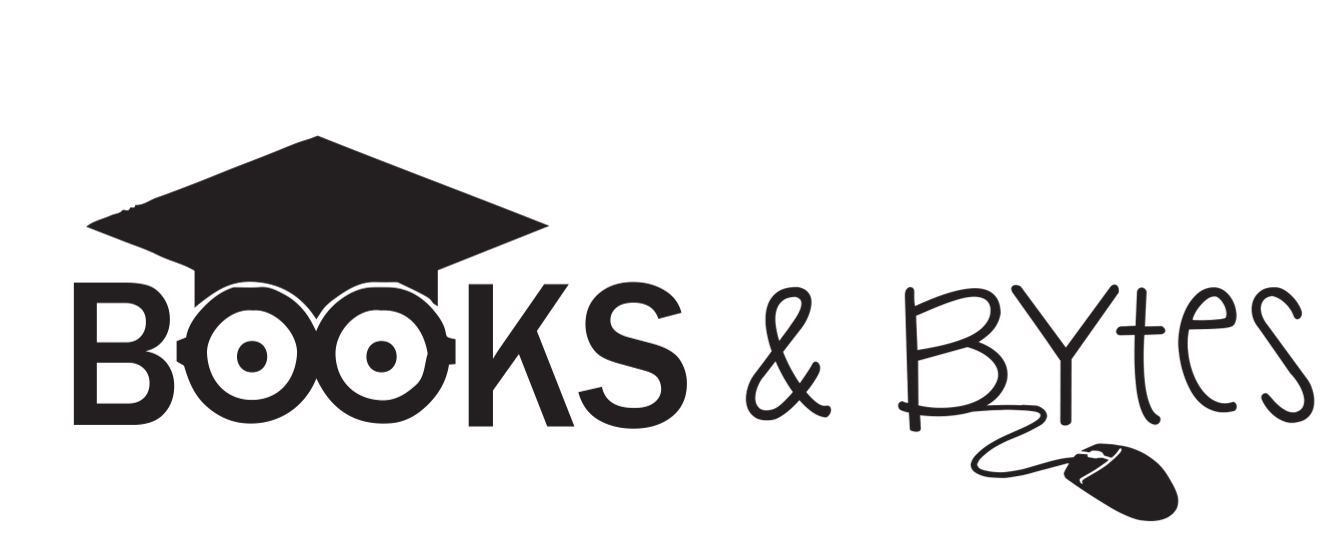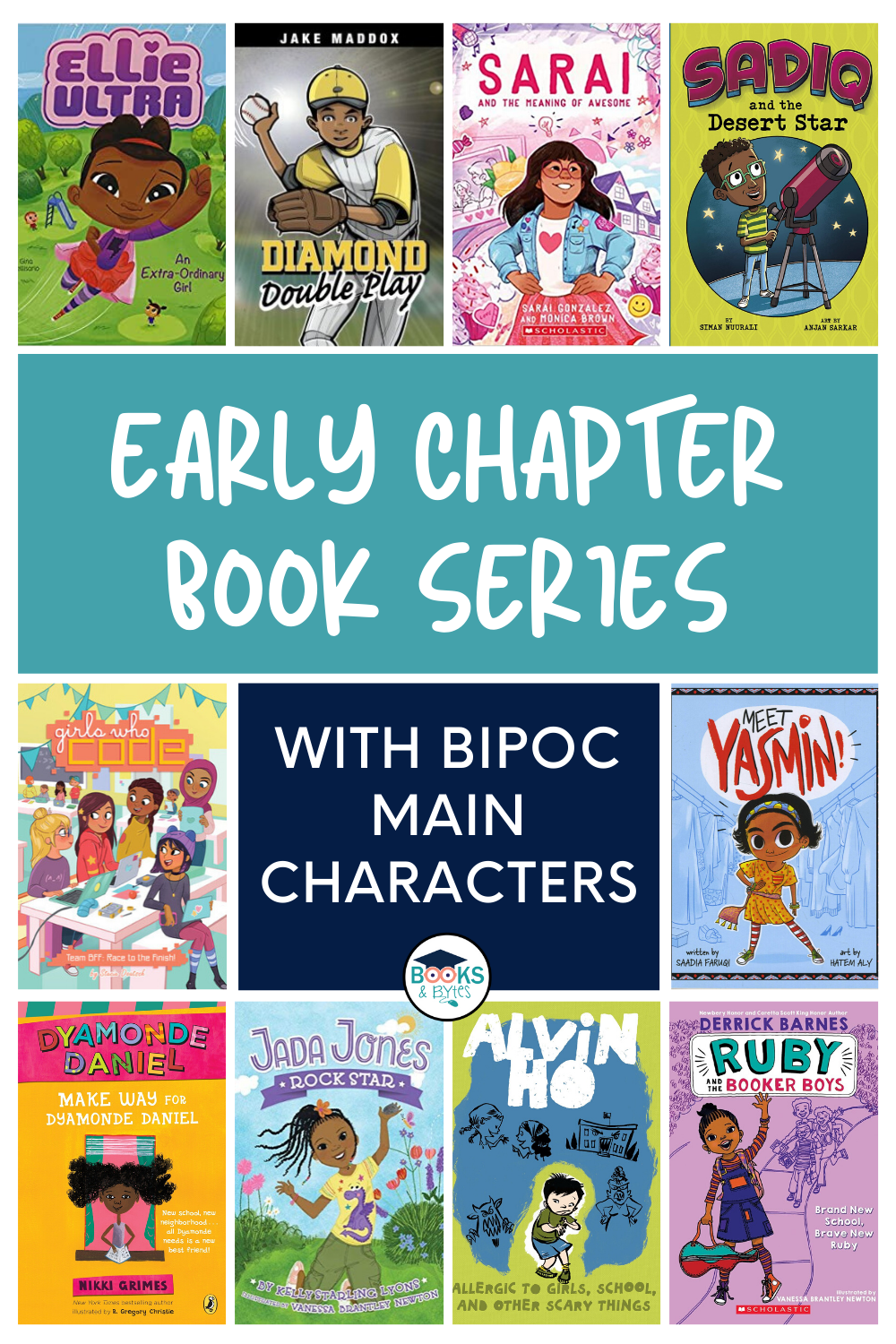EARLY CHAPTER BOOK SERIES WITH DIVERSE CHARACTERS
Simple tips for finding early chapter books with diverse chracters. Fill your shelves with books and characters your students can identify with and stories they can see themselves represented.
Building an inclusive book collection is a journey. You’re never finished, you should always be learning and critically evaluating your resources. The most important thing is that you are ON the journey. You might have missing parts, or take a misstep, but if you are learning from these situations your collection can only improve.
I want my library collection to truly represent, reflect and celebrate Black, Indigenous, People of Colour characters and authors. I’ve collected a few ideas that have helped me throughout my journey. This list is by no means exhaustive, but a few simple thoughts for building a collection you can be proud of.
(These ideas can apply to your school library, classroom library, or the library you are curating in your home.)
BEFORE YOU START YOUR SEARCH…
Look through your collection to see what you already have. If you are the only contributor to your collection, you might already know where the holes are in your collection.
Ask yourself….Does your collection represent different cultures and skin colours? Do the books have diverse main characters? Do your books with BIPOC main characters feature stereotypical personas or myths, or do they challenge common stereotypes? Is there representation of diverse authors and storytellers in your collection?
BROWSING
In my role as a teacher-librarian, I am very fortunate to be able to browse and purchase books for my school at an annual resource fair full of thousands of books. As I browse the aisles, I am very mindful of my student body, and whether or not they would feel represented by the cover - because we know they judge books by the cover! I then flip through to look at the illustrations (of picture books or graphic novels) and read the summary and a page or two if I have time.
Another similar option that is available to many people is browsing at your local bookstore. I love taking time to browse, and I usually ask the staff for some recommendations when I am there.
Depending on your location, try and visit a BIPOC-owned bookstore. Not only will you be supporting these business owners, you will probably find some great titles you wouldn’t find at a large chain bookstore. Here are a few lists to get you started. Black-Owned Canadian Bookstores Map of North-American Black-Owned Bookstores
SOCIAL MEDIA AND WEBSITES
This sourcing method is probably the easiest and most efficient for most people who cannot access book resource fairs or large bookstores. I follow lots of teachers and librarians on Instagram that provide amazing recommendations for diverse and representative reading material for kids. Some ideas come from Instagram posts, and some come from a link that leads to a blog post with their recommendations.
Also, ask questions! If you want to know more about a book they suggested, ask for their thoughts on age levels, reading levels, and topics.
I just recently found The Brown Bookshelf Facebook page which promotes awareness of Black children’s literature and Black authors. I am looking forward to learning about upcoming books to add to my collection. They also have a great website with a blog to check out.
LISTEN TO STUDENT VOICES
Each time I purchase new resources for my library, I am so excited to see how they will be received by the students. I keep an eye out for kids signing the new books out for the first time and ask them to tell me their thoughts when they return the book. Sometimes I corner them the next time they visit to hear about the book (like a library stalker) and sometimes they track me down to chat. It melts my heart when they tell me they love the book, and I know part of the reason they liked it is because they could see themselves represented in the book.
I use these sweet Hallmark moments as an indication that I might want to buy another copy, or a few more books from the series. (Hallmark moment #2: When you see the kiddo show the book to their BFF, and then tell them that it is SO good and they should sign it out.)
If you have a method to track circulation in your library, this is another way to track student preference and adjust your purchasing accordingly.
DON’T FORGET ABOUT DIVERSE AUTHORS!
It’s relatively easy to identify books with BIPOC characters, but it is also equally important to find books written by BIPOC authors. Their voices, perspective and history must be shared with our students to generate a truly diverse and inclusive collection.
I would say there is no simple way to know this information, so you’ll have to do some Google searches. If you’re out at a resource fair or bookstore, look for a picture of the author inside the front or back cover, or do a quick search for the book online. If you are shopping from home, search for book recommendations by BIPOC authors. This is a great article to get you started.
When you are reading the book to your students or children at home, don’t forget to show the photograph of the author in the book if one is included. That visual is key for children to see that authors and storytellers are diverse, and they have wonderful stories to tell in their own voices. In the past, I usually haven’t shared the author's photos during a read-aloud session, but I have added that to my mental checklist for the future.
YOU’VE PURCHASED SOME AMAZING BOOKS! NOW WHAT?
Highlight the new books in a prominent space in your library so students can see them and generate a buzz. You can also promote your newly acquired books in a method that works for you.
Integrate them into your regular reading routine or schedule. Instead of highlighting books with Black characters only during Black History Month, include such books anytime in the year to reinforce the concepts you are teaching or sharing.
Celebrate these books! Take time to plan a thoughtful and meaningful read-aloud session, and follow up with a discussion or activity.
YOU’RE READY TO GO!
I wish you luck in curating a collection full of meaningful and engaging books with diverse characters and authors! As a white woman, I will always be listening and learning. If you have any thoughts or ideas you would like to share on this topic, please do! You can leave a comment below, or contact me via email booksandbytescanada@gmail.com
I will leave you with this infographic as a little extra motivation for speeding up your journey in your quest for a diverse and inclusive library collection.
Jenn
Huyck, David and Sarah Park Dahlen. (2019 June 19). Diversity in Children’s Books 2018. sarahpark.com blog. Created in consultation with Edith Campbell, Molly Beth Griffin, K. T. Horning, Debbie Reese, Ebony Elizabeth Thomas, and Madeline Tyner, with statistics compiled by the Cooperative Children’s Book Center, School of Education, University of Wisconsin-Madison: http://ccbc.education.wisc.edu/books/pcstats.asp. Retrieved from https://readingspark.wordpress.com/2019/06/19/picture-this-diversity-in-childrens-books-2018-infographic/.




